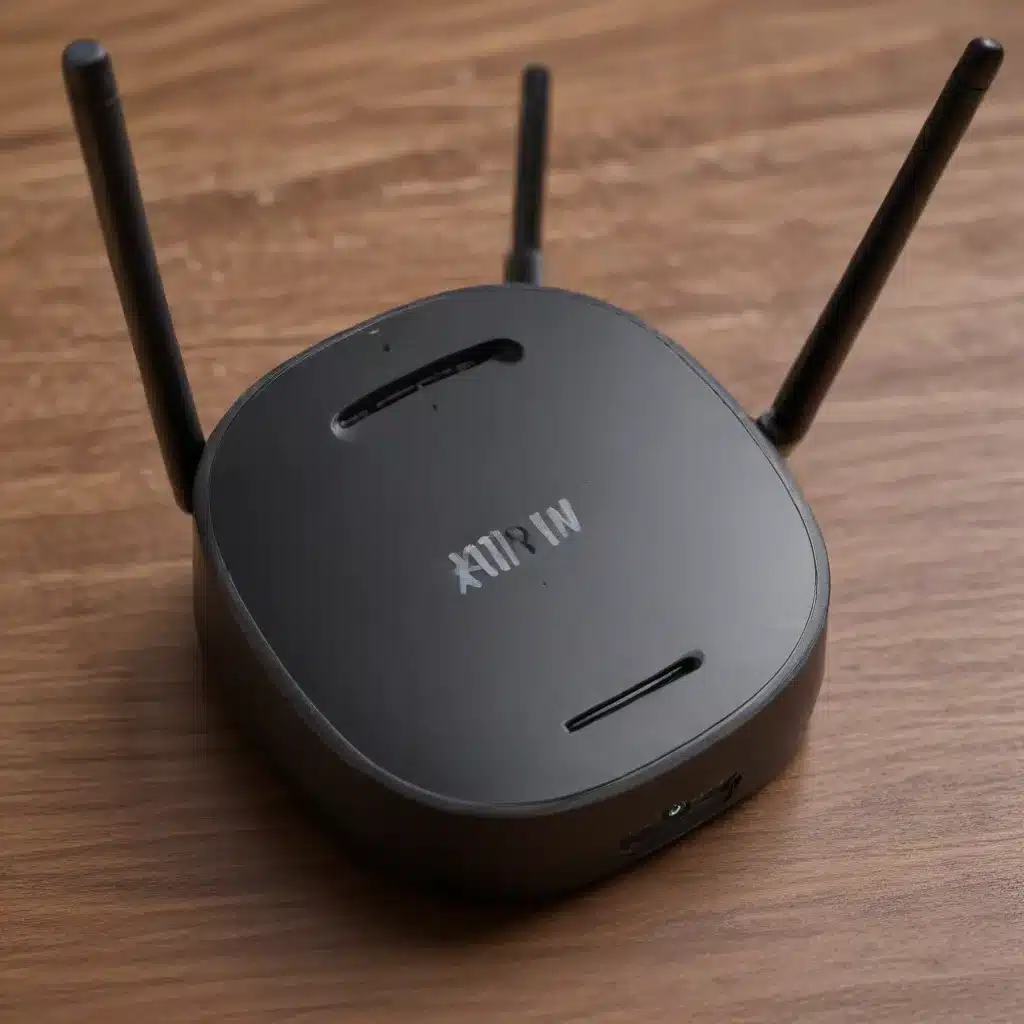
Troubleshooting Tips for Fixing a Slow Wireless Connection
In today’s technology-driven world, a reliable and fast wireless connection is essential for our daily activities, whether it’s remote work, online learning, video streaming, or simply browsing the internet. However, there are times when our wireless network can become frustratingly slow, leaving us feeling helpless and disconnected.
As an experienced IT professional, I’ve encountered a wide range of wireless connection issues, and I’m here to share my top troubleshooting tips to help you get your wireless network back up to speed. So, let’s dive in and explore the common causes of slow wireless connections and the steps you can take to remedy them.
Wireless Connection Performance
The performance of your wireless connection is influenced by several key factors, including bandwidth, throughput, and signal strength. Understanding these factors can provide valuable insights into the root cause of your slow wireless connection.
Wireless Bandwidth and Throughput: Bandwidth refers to the maximum amount of data that can be transmitted over your wireless connection, while throughput is the actual rate at which data is transferred. If you’re experiencing slow speeds, it’s important to ensure that your wireless network is capable of delivering the bandwidth you’re paying for from your internet service provider (ISP). You can use online speed tests to compare your actual download and upload speeds to the advertised speeds from your ISP.
Wireless Signal Strength and Coverage: The strength and coverage of your wireless signal can also have a significant impact on your connection speed. If you’re located too far from your wireless router or if there are physical obstacles (such as walls, floors, or large furniture) between your device and the router, you may experience a weaker signal and slower speeds. To address this issue, you can try repositioning your router, using a wireless extender or mesh network system, or upgrading to a router with a stronger wireless signal.
Network Hardware Troubleshooting
The performance of your wireless connection can also be affected by issues with your network hardware, such as your router or wireless adapter.
Router Configuration and Settings: Ensuring that your router is properly configured and using the latest firmware can help optimize your wireless connection. Check your router’s settings to ensure that the wireless channel, security protocols, and other advanced settings are properly configured. If you’re unsure about the optimal settings for your router, consult your router’s documentation or reach out to your ISP for guidance.
Wireless Adapter Settings and Drivers: The performance of your wireless adapter, whether it’s built into your device or a separate USB adapter, can also impact your wireless speeds. Make sure your wireless adapter’s drivers are up-to-date and that the adapter is configured to use the fastest available wireless protocol (e.g., Wi-Fi 6 or 802.11ac).
Network Interface Card (NIC) Issues: If you’re experiencing slow wireless speeds on a specific device, the problem may be related to the device’s network interface card (NIC). Ensure that the NIC is functioning properly and that the drivers are up-to-date. In some cases, you may need to replace the NIC or the entire device to resolve the issue.
Wireless Network Interference
Wireless interference can be a significant contributor to slow wireless connections, as it can disrupt the signal and reduce the overall performance of your network.
Identifying Sources of Interference: Common sources of wireless interference include other wireless devices, such as Bluetooth speakers, microwave ovens, and even neighboring wireless networks. You can use wireless network analysis tools or apps to identify the channels and frequencies used by these devices and adjust your network accordingly.
Mitigating Wireless Interference: To mitigate wireless interference, you can try adjusting the wireless channel used by your router, moving your router to a different location, or using a wireless extender or mesh network system to improve coverage and reduce interference.
Frequency Channels and Channel Selection: Most modern wireless routers operate on either the 2.4 GHz or 5 GHz frequency bands. The 2.4 GHz band is more widely used and can be more prone to interference, while the 5 GHz band typically offers faster speeds and less interference. When configuring your router, consider using the 5 GHz band if your devices support it, and experiment with different wireless channels to find the one with the least interference.
Wireless Network Security Considerations
While securing your wireless network may not directly impact your connection speed, it’s an important aspect of maintaining a reliable and safe network.
Wireless Encryption and Authentication: Ensure that your wireless network is properly secured using the latest encryption protocols, such as WPA2 or WPA3. This helps prevent unauthorized access to your network and can also improve the overall performance and reliability of your wireless connection.
Rogue Access Points and Unauthorized Connections: Be vigilant for any rogue or unauthorized access points that may be connected to your network, as they can introduce security risks and potentially slow down your wireless connection. Regularly monitor your network and take appropriate measures to identify and remove any unauthorized devices.
Wireless Network Monitoring and Security Policies: Implement a comprehensive wireless network monitoring and security policy to proactively identify and address any issues that may arise. This can include regular security audits, firmware updates, and user education to ensure the overall health and performance of your wireless network.
By addressing these common wireless network issues, you can take proactive steps to improve the speed and reliability of your wireless connection. Remember, troubleshooting a slow wireless network can be a process of trial and error, but with the right approach and a bit of patience, you can get your home or office wireless network back up to speed.
If you’re still experiencing persistent issues or need further assistance, don’t hesitate to reach out to the IT Fix team at https://itfix.org.uk/computer-repair/. Our experts are here to help you get your wireless connection back on track and keep your technology running smoothly.












